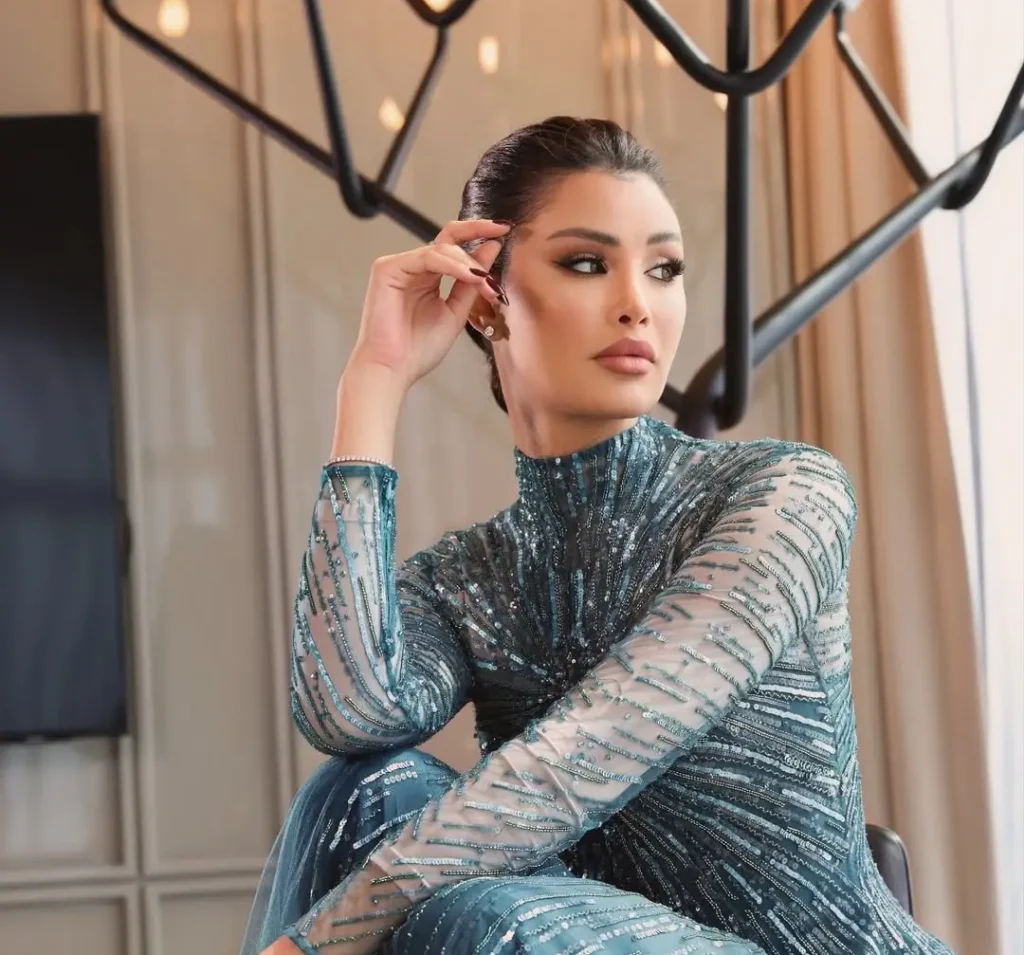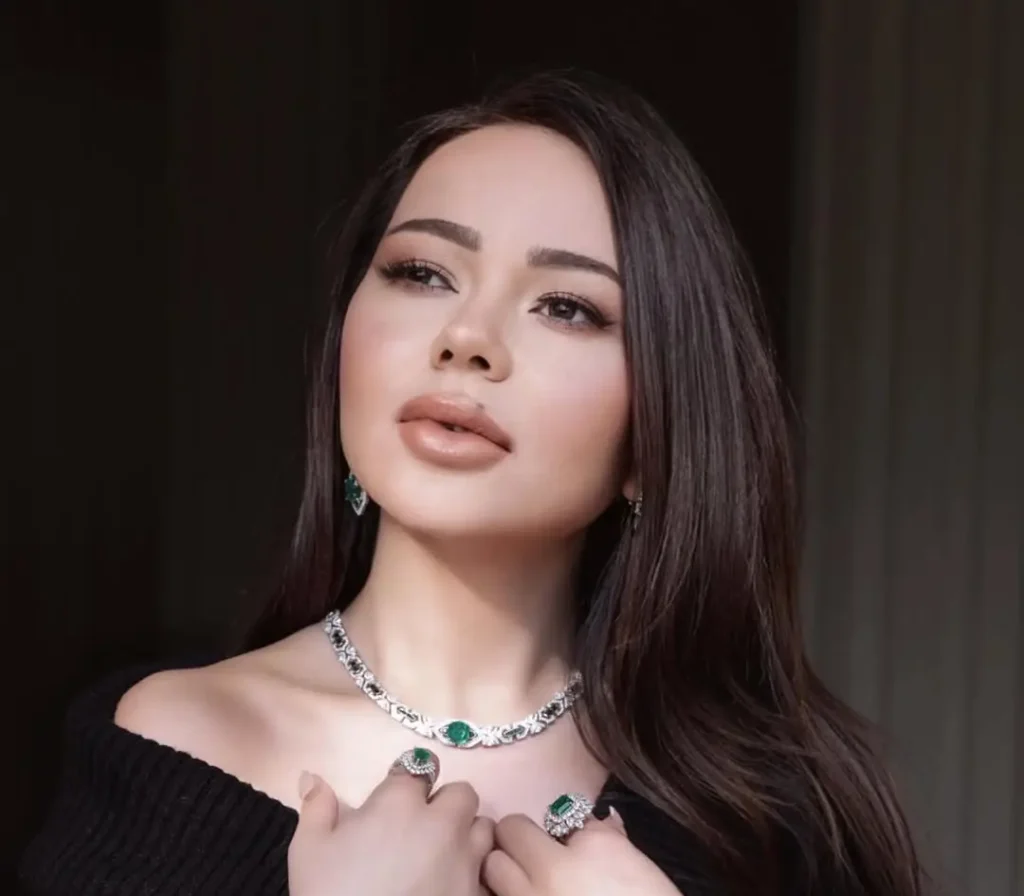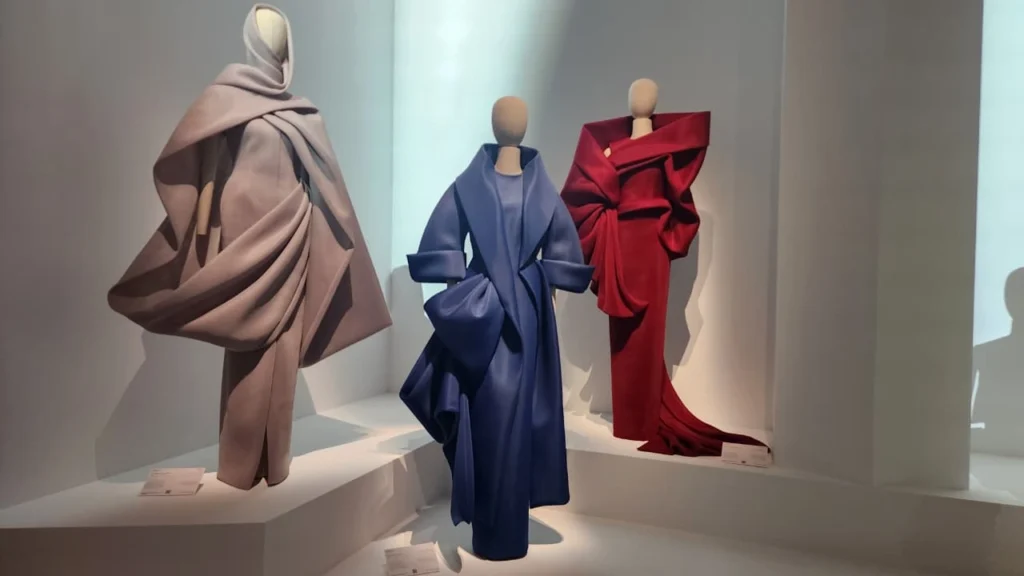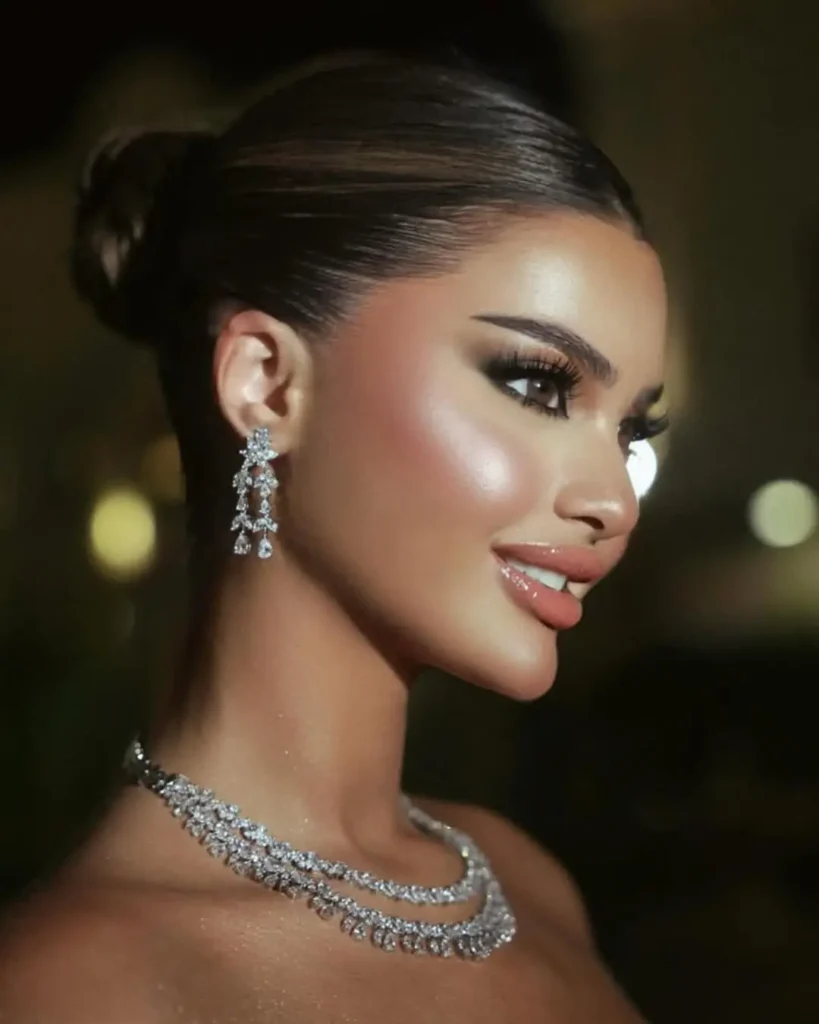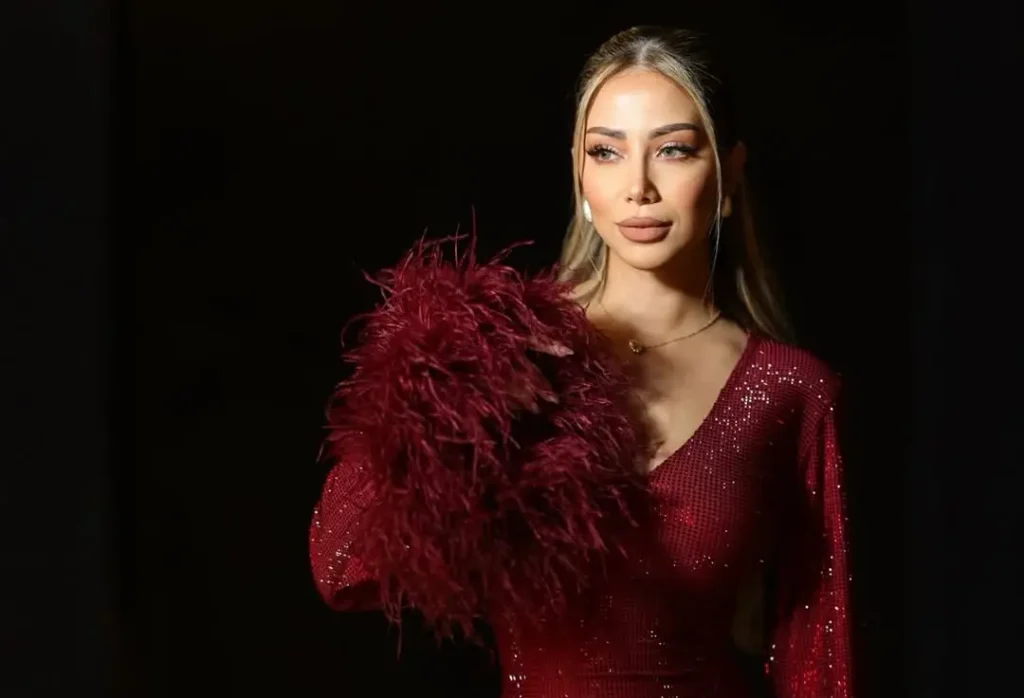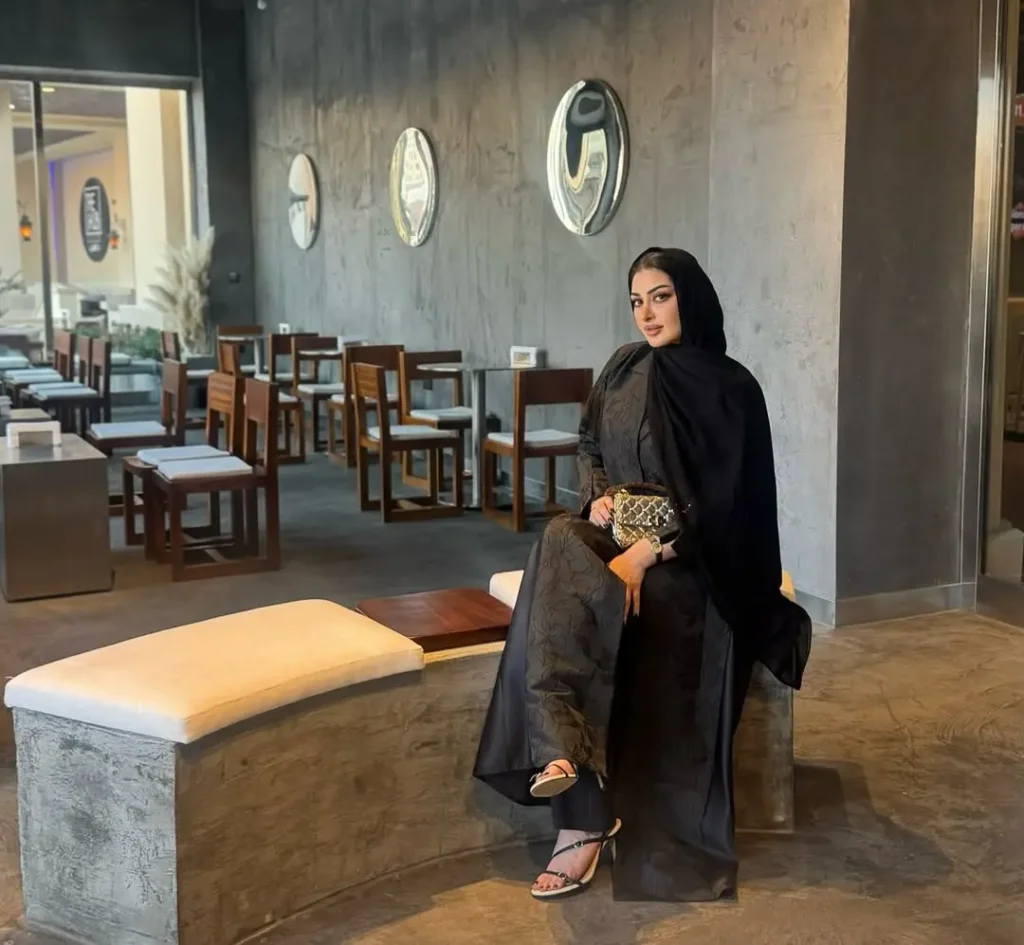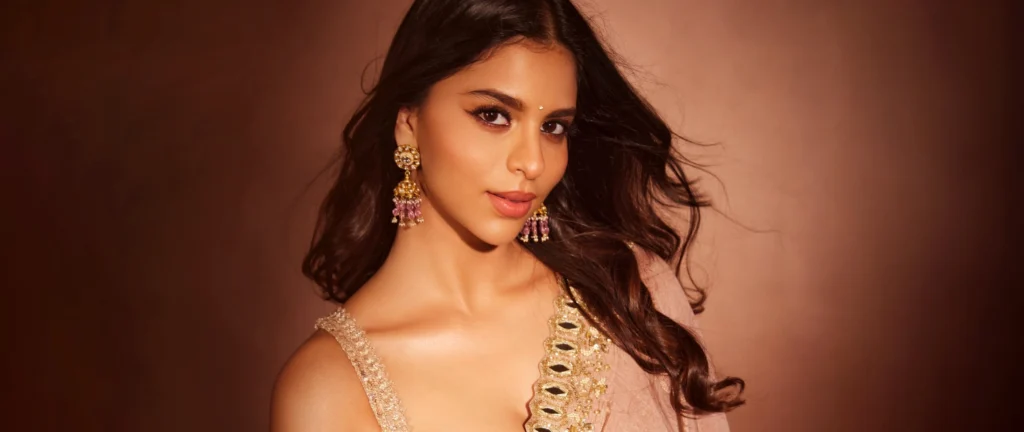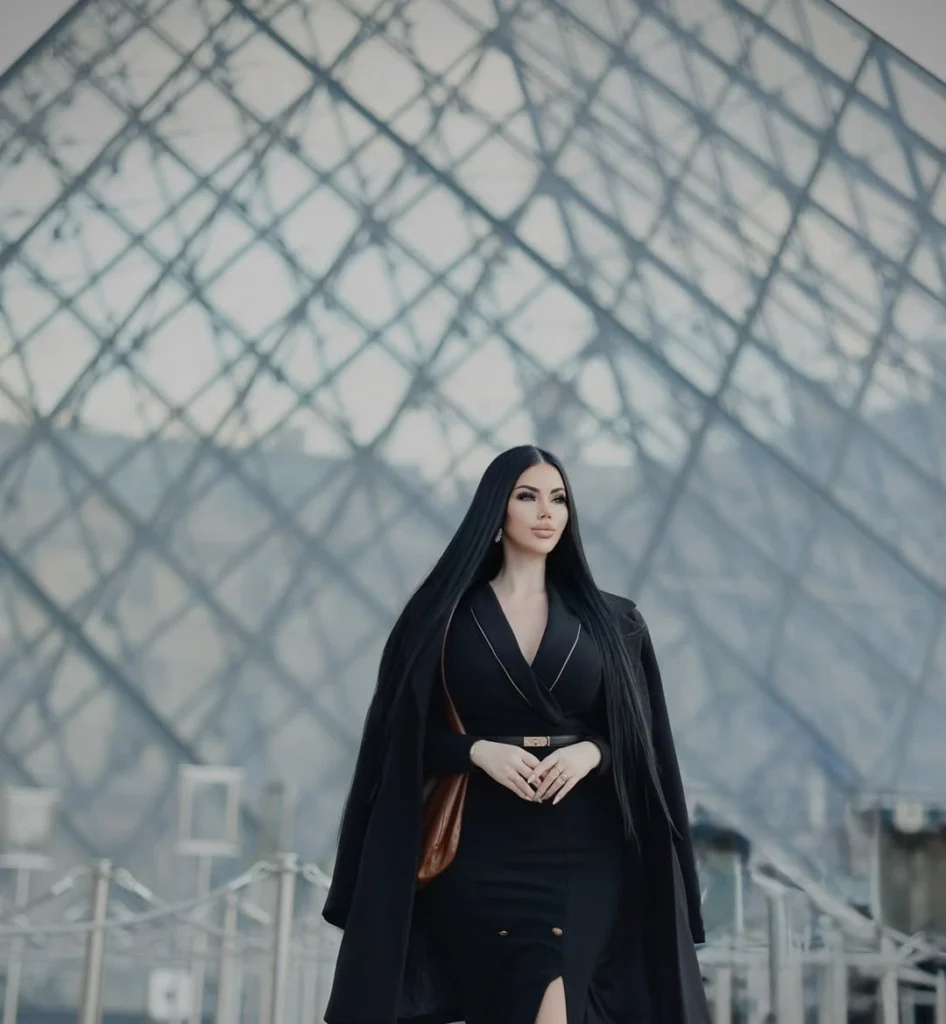Masters of Light, A Crystal Love Letter to the Silver Screen by Swarovski
Masters of Light A Crystal Love Letter to the Silver Screen SWAROVSKI By Magnav Editorial Desk Swarovski’s Masters of Light, Hollywood exhibition is not merely a retrospective; it is a dazzling, immersive celebration of a 130-year love affair between the Austrian crystal house and the global epicenter of glamour, Los Angeles. Reimagined for American audiences at the iconic Amoeba Music venue, the exhibit, conceptualized by Global Creative Director Giovanna Engelbert and curated by fashion critic Alexander Fury, serves as a compelling chronicle of how a tiny, impeccably cut piece of crystal has become an indispensable element of cinematic magic, pop culture, and high fashion. It is a stunning testament to the brand’s enduring ethos: that light, captured and refracted, has the power to spark joy and define an era. A Dazzling Vision in Tinseltown The choice of Los Angeles as the North American stop for the traveling exhibition, following acclaimed showings in global fashion capitals like Shanghai, Milan, and Seoul, is profoundly symbolic. Hollywood, the heart of the global film and music industry, is indeed the “spiritual home” of Swarovski, where spectacle is not just an aesthetic choice, but a requirement. Staged within the vast, cathedral-like space of Amoeba Music, the exhibition transforms the cultural landmark into a nine-room journey, each section devoted to exploring a different emotional wavelength, such as Memory, Awe, and Chromatic Joy. Engelbert’s vision was to bridge the brand’s Austrian heritage with its indelible link to contemporary pop culture. The setting itself, a music venue, deliberately underscores the brand’s expansive influence, moving beyond the red carpet to the concert stage and street style. The entire experience is framed not as a dry historical showcase, but as a guided meditation made tangible, where the visitor is enveloped in the psychological and emotional power of light and sparkle that is signature to the Swarovski brand. The cornerstone of the exhibit is its remarkable collection of crystalline artifacts that have defined pivotal moments in modern cultural history. The show meticulously charts the brand’s progression from being a key industrial supplier to European couturiers to becoming an active collaborator in defining Hollywood’s Golden Age glamour and contemporary pop culture. The section dedicated to Silver Screen Style focuses on the indelible link between Swarovski and cinema’s most luxurious wardrobes. It showcases how the crystals were instrumental in giving life and depth to characters on screen. Undoubtedly, the most famous piece, the original sheer, flesh-colored Bob Mackie-designed gown, dazzling with an estimated 2,500 Swarovski crystals, is on display. This garment, famously worn by Marilyn Monroe when she serenaded President John F. Kennedy, is the ultimate emblem of a moment crystallized in time. This cinematic elegance is further showcased by iconic film costumes such as Nicole Kidman’s corseted tailcoat from Moulin Rouge!, which required thousands of precisely placed crystals to achieve its dramatic cabaret effect, alongside earlier pieces that draped legends like Greta Garbo. Moving with a jolt of energy from the film set to the concert stage, the Pop Icons Chamber is a vibrant, dazzling space dedicated to the power of performance. This chamber explodes with the energy of contemporary music, serving as a powerful homage to the performers who used crystal to transform concerts into cultural events, emphasizing spectacle, confidence, and radical self-expression. It features bedazzled ensembles worn by some of the most influential American musicians, including costumes and fashion pieces created for Beyoncé, Madonna, Tina Turner, and Lady Gaga. The inclusion of pieces worn by stars like Harry Styles and modern icons like Sabrina Carpenter demonstrates the brand’s continuous and evolving relevance across generations and genres. In this chamber, the exhibit clearly positions the crystal not just as a decoration, but as an integral part of the narrative of performance art and pop history. The exhibition smartly balances the nostalgia of its archives with a look toward the future, highlighted in the sections dedicated to Mathemagical and Awe. This is where the core DNA of the company, precision and technical artistry, comes into sharp focus. The Mathemagical chamber delves into the engineering genius behind the crystal, displaying the exact mathematical precision required for each facet to perfectly catch and refract light. It includes Engelbert’s own couture jewelry creations, such as the bespoke pieces developed for the 2025 Met Gala, showcasing Swarovski’s successful transition from a mere supplier of components to a major creator of high-fashion jewelry. Furthermore, at the physical and metaphorical heart of the exhibit sits a monumental 75-kilogram crystal with 156 facets, carved over 180 hours. This impressive object, displayed in the Awe chamber, serves as a physical representation of the psychological state of awe, a “reset emotion” that encourages the mind to pause and appreciate the beauty of complex design. The exhibit also highlights the modern, playful side of the brand through collaborations that bridge luxury and pop culture, such as the dazzling crystal figurines of Disney and Marvel characters, and the contemporary lifestyle pieces, further cementing its modern identity. The Masters of Light – Hollywood exhibition is an undeniable triumph, a resplendent experience that lives up to its name. The overall feeling is one of upliftment and joy, the exact essence that Engelbert aimed to capture. Alexander Fury’s curation is expert, successfully linking disparate pieces, a 19th-century Daniel Swarovski sketch, a Dior gown, and a contemporary stage costume, into a cohesive story of light and creative collaboration. The immersive layout makes the vastness of the brand’s 130-year history feel manageable and deeply engaging. The power of the exhibit lies in its ability to show how crystals are not merely superficial adornments, but vital storytelling tools. They are the ‘multiplier of amazingness’ that transforms fabric into costume, a moment into a legend, and a garment into an icon. For anyone interested in the history of fashion, film, or celebrity, the exhibition provides an unprecedented, close-up view of the glittering architecture of Hollywood glamour. It affirms that Swarovski, through its relentless pursuit of brilliance, remains a key protagonist in the narrative of pop culture, continually transforming crystal into confidence and culture.


